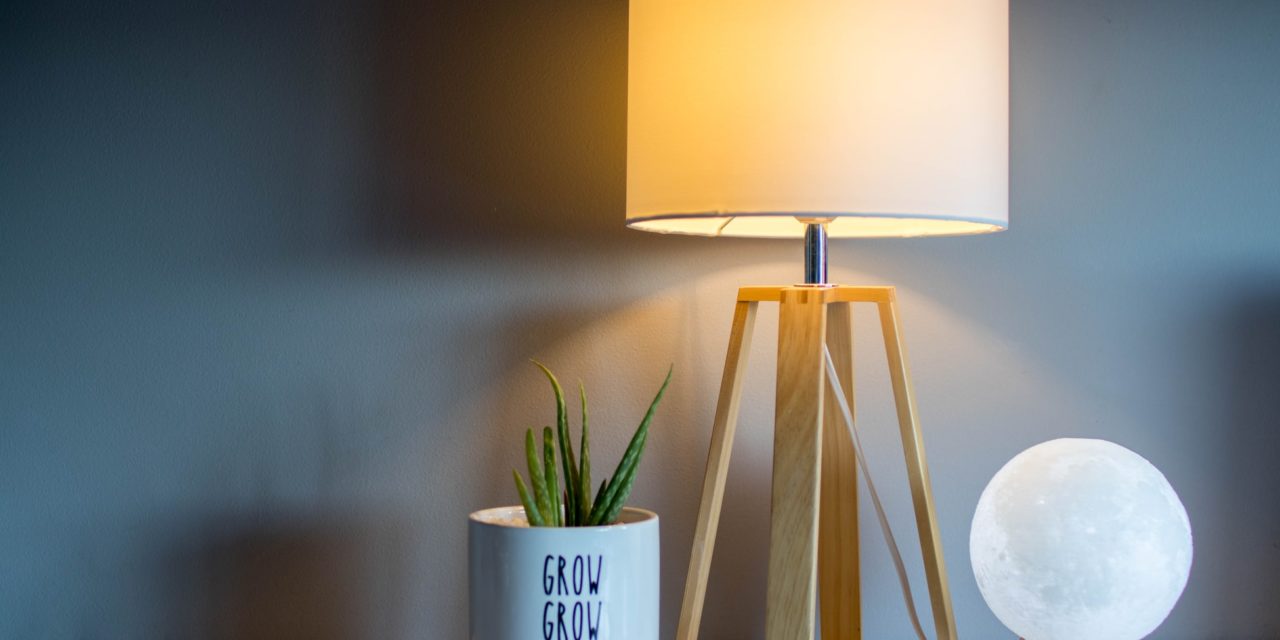[ad_1]
The days of incandescent light bulbs are nearly over with more energy-efficient options becoming more commercially viable. The new battle is LED lighting versus CFL bulbs. Considering both technologies are still fairly young and quickly improving with each passing year is difficult to say which will win out in the long run. At the same time, there are a few characteristics which are easily comparable and unlikely to change in the near future. It is these characteristics which may determine whether or not LED lighting will successfully overtake CFL bulbs as the primary lighting solution option.
CFL lights operate by driving an electric current through a tube which contains argon and Mercury vapor. This creates an invisible ultraviolet light which excites a fluorescent coating on the inside of the bowl. This is what actually creates the visible light. Unfortunately, CFL's require more energy when they are first turned on than LED. Additionally, a CFL lights typically takes 30 seconds to three minutes to completely turn on.
During the early days of CFL lighting the most common complaint was the visible light was harsher than traditional bulbs. With recent breakthroughs this is no longer a problem. The key is checking the label to determine how warm the color of the bulb will be before purchasing it. Another problem CFL bulbs face is one day will not be able to overcome. It is that they require a small amount of mercury to produce light. While the amount of mercury required is incredibly small it is enough that many users are concerned about it which drives them away from purchasing CFL lights. On the other hand, LED include no Mercury all.
While CFL's have shown to use up to 75 percent less energy than traditional incandescent bulbs, LED has proved to be even more efficient. LED uses up to 80 percent less energy than incandescent light bulbs and can last more than 25 times longer. As an added bonus, they produce a much smaller amount of heat and CFL's which makes the bold relatively cool to the touch.
Another benefit of LED lighting is it can include a variety of special features to suit a number of applications including dimmable bulbs and recessed lighting. Additionally LED's operate better outdoors, especially in cooler temperatures.
While LED lights initially cost more, they do provide a better long-term ROI than CFL lights. Considering the technological challenges CFL lights must overcome in order to remain a mainstream option, there is a good chance LED will eventually overtake CFL bulbs completely.
[ad_2]
Source by Rosario Berry


